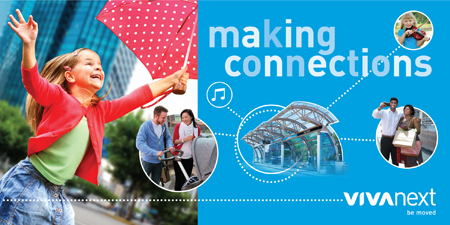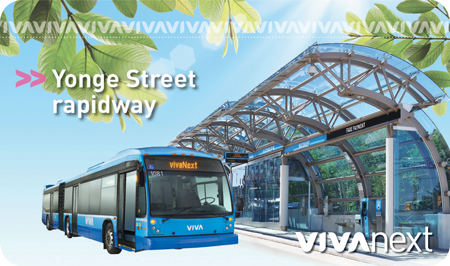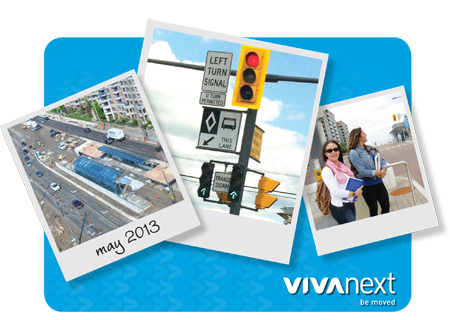Happy Canada Day!
It’s that time of year again, as the temperature rises and schools close, we start making plans for the summer. No matter whether you’re planning to take a big vacation or find fun and excitement in York Region, know that Viva is there to make your trips for work, shopping or playing a fast and enjoyable experience.
But on a day like today, we’re concentrating on the fun. Join us at events across York Region this summer in your community. This July 1, our vivaNext team will be out celebrating Canada Day at the Kanata Summer Festival in Newmarket.
itching for ways to win?
Pick up a scratch ‘n’ win card from our vivaNext team at your next community event. We’ll be handing out vivaNext scratch cards for a chance to win one of 12 PRESTO cards, or one of three iPad Air 2 tablets. Both are perfect for getting you around town or staying connected to the people and places we love most. A PRESTO card is the most convenient way to get around town, connecting YRT/Viva, GO buses and trains, and the TTC with one card! And the iPad Air 2 is equally convenient for business or pleasure with a wide selection of apps to choose from [like this one, perhaps?]. For complete details, visit our website, or go straight to the rules and regulations.
up for a challenge?
For those who enjoy games check out our summer on-line game – another PRESTO card is up for grabs. The highest score wins, so play early and often to better your score. Play the #Connections Summer Game here.
Davis Drive walking tours in Newmarket
Looking for something to do this summer? Show your support for Davis Drive businesses with a short, guided walking tour of the new rapidways under construction. See the progress in action! Best of all, you’ll receive a $10 voucher to use at a participating Davis Drive restaurant on the day of your tour. Space is limited, so please register for a date and time convenient to you.
There is a lot happening around town and we hope to see you out and about this summer. In the meantime, Happy Canada Day everyone!










